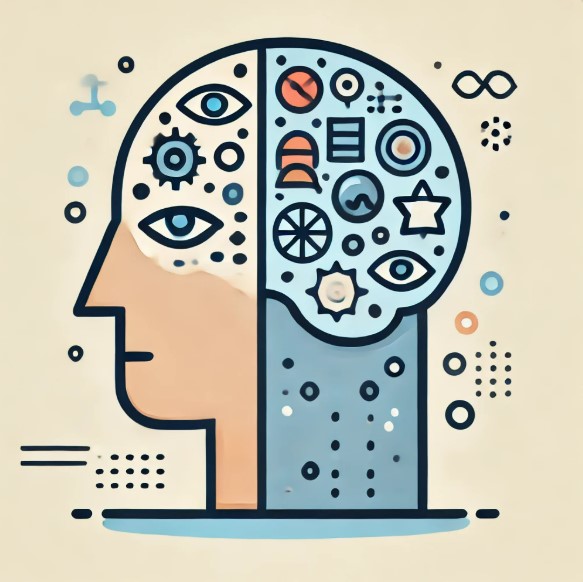In an era of economic jitters, AI anxieties, and political whiplash, emotional resonance is the secret weapon that’s setting brands apart. When the ground feels shaky beneath our feet, we gravitate towards what resonates with our innate human desires for comfort, security, and understanding.
Enter emotional marketing. This isn’t just a buzzy term – it’s a powerful, science-backed tool that helps brands cut through the noise and reach their customers on a deeply human level.
- Google nailed this with its recent Pixel Super Bowl ad, “Dream Job.” It didn’t talk specs. It didn’t showcase flashy features. Instead, it followed a father navigating the vulnerable experience of re-entering the job market. With AI gently supporting him and his daughter cheering him on, the ad struck a universal chord: hope, self-worth, and the courage to begin again.
That’s what great emotional marketing does. It makes people see themselves in the story. It whispers, “This brand gets me.” Contrast that with a generic pitch about camera megapixels.
- Or consider the “Clean Feels Good” campaign from Clorox. In a post-pandemic world, cleanliness isn’t just hygienic – it’s emotional. It represents control, calm, even joy. Clorox turned a bottle of bleach into a symbol of serenity.
Emotional advertising doesn’t just feel good – it performs. According to Marketing Week, emotionally driven campaigns tend to outperform rational ones over time – often by a long shot. Especially when budgets are tight, emotion gives marketers more bang for their buck. A heartfelt story can do the heavy lifting of a million media impressions. That’s good news for lean teams and challenger brands. Because emotional storytelling isn’t just for Fortune 500s. It’s a mindset, not a media buy.
In a world of uncertainty, brands that make people feel seen are the ones that stick. So ask yourself: Is your brand creating comfort? Spark? Relief? Are you telling stories that people want to step into? Are you offering more than just a transaction – maybe even a tiny transformation? Let’s uncover how to connect with your customers. Email me at info at bureauwest.com.
Sources: “3 Emotional Marketing Campaigns Winning Hearts in 2025,” Studio ID, March 19, 2025; “Emotional brand-building can help a little more budget go a long way,” MarketingWeek, January 29, 2025



